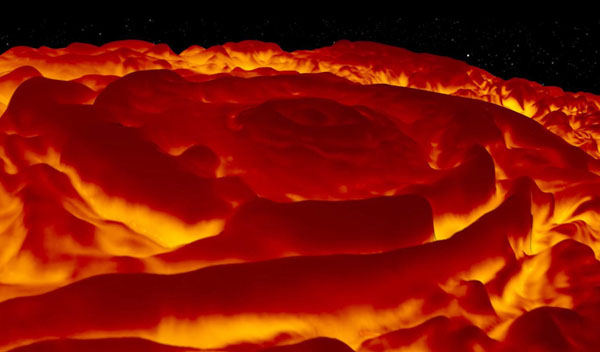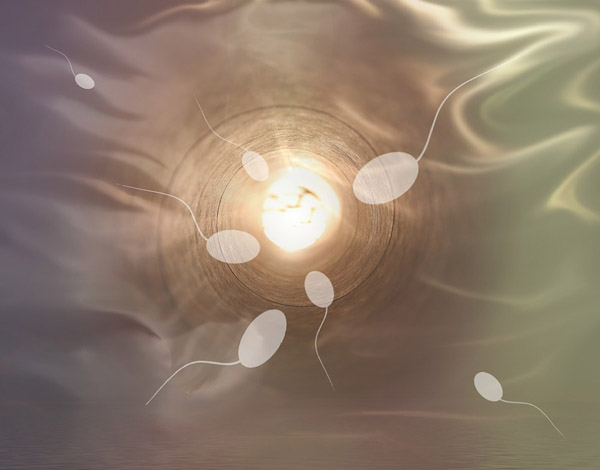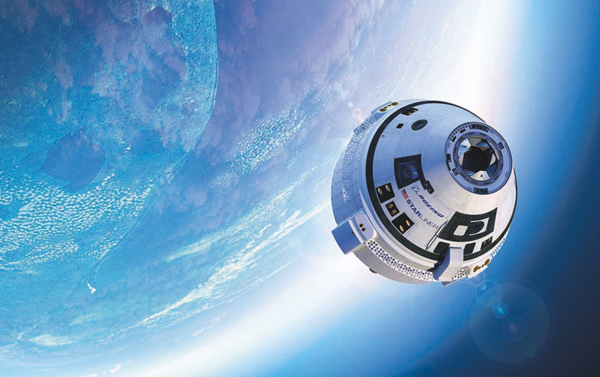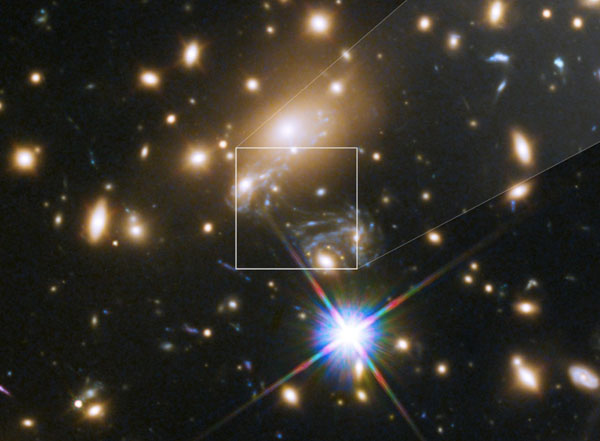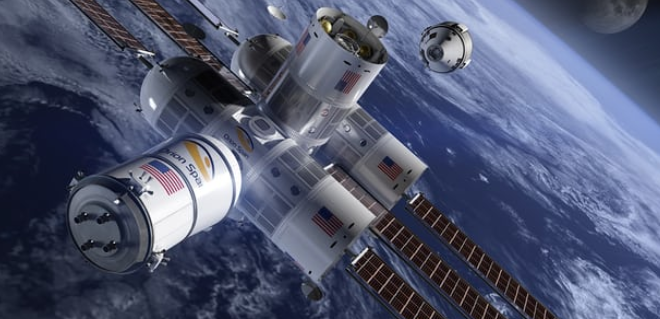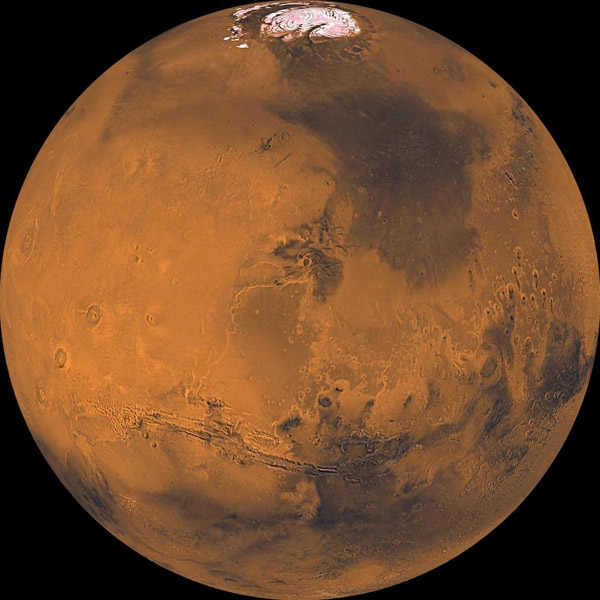SPACE: New Animation Captures the Cyclones of Jupiter’s North Pole
Using data from NASA’s Juno mission, researchers created a 3D flyover of the gas giant’s north pole in infrared. It shows the turbulent dynamics of the pole, which is topped by a huge cyclone about 2,500 miles (4,000 kilometers) across. Ringing this monster atmospheric storm are eight other cyclones with diameters ranging from 2,500 to 2,900 miles (4,000 to 4,700 km). The Juno spacecraft launched on Aug. 5, 2011, and entered Jupiter’s orbit on July 4, 2016, flying as low as 2,200 miles (3,500 km) over the highest cloud tops of the planet, according to NASA. The goal of the … Read more



